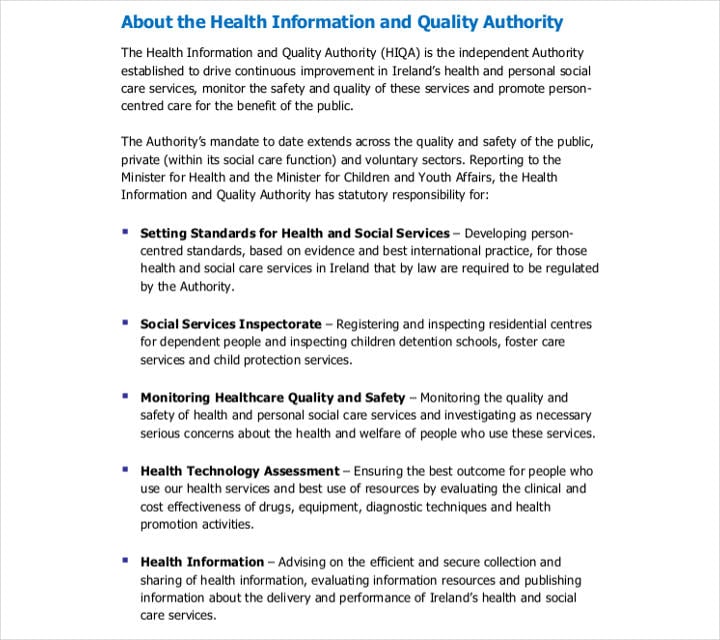Table of Content
The information contained in this article is for informational purposes only and is not intended to constitute medical, legal or financial advice or create a professional relationship between A Place for Mom and the reader. Always seek the advice of your health care provider, attorney or financial advisor with respect to any particular matter and do not act or refrain from acting on the basis of anything you have read on this site. Links to third-party websites are only for the convenience of the reader; A Place for Mom does not recommend or endorse the contents of the third-party sites.
The company rises above the competition and is best in our review for no-waiting period plans. These are its MoneyGuard II and MoneyGuard III policies, both of which offer zero-day elimination periods for accessing coverage for nursing homes and assisted living facilities. Other companies on this list generally require a minimum of 90 days before granting coverage for such services.
Companion care for seniors: How much it costs and how to pay for it
Lastly, customers can select their specific waiting period—the time individuals will have to pay for services out of pocket before coverage kicks in—with a choice between 90 or 365 days of waiting. These types of plans usually provide benefits for services allowed or covered by Medicare but not paid in full by Medicare. Barnes explains that an example of this could be a Medicare part A skilled nursing coinsurance of $185.00 per day or the 20% of therapy charges under Medicare part B. However, private insurance coverage varies tremendously depending on the insurance company plan, he says. In the US, poorhouses were then replaced with residential living home, known as board-and-care homes or convalescent homes. These board-and-care homes provided basic levels of care and meals in a private setting for a specific fee.
Named one of the best life insurance companies of 2022 by our team at Investopedia, New York Life offers two types of long-term care insurance. Its combination long-term care insurance plan offers—as the name suggests—a combination of long-term care or a larger life insurance benefit. Long-term care coverage is offered for the expenses related to a range of choices, including care from a facility, care at home, or care from a family member.
Does insurance cover nursing homes? Here’s what you need to know
Some policies also offer a return of premium rider, which can pay a beneficiary for premiums paid into the policy minus claims made against the policy, subject to the policy’s provisions. If you belong to a household with a significant amount of liquid investments or with sufficient income, may not need nursing home insurance. Assisted living or home care are more common and usually less expensive on an annual basis, but also may be expenses that last for a longer period of time than nursing home care. If you expect you’ll have limited savings later in life, a nursing home insurance policy can help prevent the forced sale of assets or a loss of freedom if you have to use Medicaid providers. Many people relate an elimination period to a deductible, where rather than paying dollars, you “pay” in days.
Founded in 1845, New York Life is one of the top-rated long-term care insurance providers in terms of overall financial strength. It has received the highest ratings for financial strength by the top rating services, including an A++ from AM Best. CIIG can offer simplified long-term care policies or a hybrid policy that adds a long-term care rider to your life insurance policy.
State-funded assistance programs
Our free tool provides options, advice, and next steps based on your unique situation. AARP is a nonprofit, nonpartisan organization that empowers people to choose how they live as they age. Investopedia requires writers to use primary sources to support their work. These include white papers, government data, original reporting, and interviews with industry experts. We also reference original research from other reputable publishers where appropriate.

With a spouse who also needs coverage, you can expect discounts of up to 30%. Sizeable discounts are also available for good health and for married status, even if your spouse does not need coverage. You can choose a shared care rider that pools the benefit amounts for married couples and reduces total insurance costs.
Questions to ask a prospective gardener or lawn care service:
When Ryan Graham, a financial adviser at Altfest Personal Wealth Management in New York City, evaluates a client's need for long-term care insurance, he considers a few things. First, he does an analysis to determine if a client has enough assets to pay for long-term care out of pocket. The timing is more about the higher odds of your taking advantage of affordable Medicare coverage and having medical exams uncover issues that could make it more difficult to qualify for long-term care insurance.
Nursing home insurance is a type of supplemental health care insurance or long-term care insurance. Instead of focusing only on assisted living costs, discuss the options with an insurance professional. They can make recommendations on policies tailored to your needs, helping you get the maximum benefits in covering the cost of living in a private nursing home. There are several factors that affect the cost of nursing home insurance, such as the provider you choose, if you want a joint policy or not, age, limits, location, coverage, daily costs, payment method, and benefit period. However, you should expect to pay anywhere between $120 and $550 per month.
Insurance is one option, but it’s not the only option on the table. The spouse still living at home, will be allowed to keep a set amount per month, of the combined income, so they do not become destitute paying for care. The death benefit on in-force policies is protected for the beneficiary. Dan Walker graduated with a BS in Administrative Management in 2005 and has been working in his family’s insurance agency, FCI Agency, for 15 years. He is licensed as an agent to write property and casualty insurance, including home, auto, umbrella, and dwelling fire insurance.

With this coverage, you can enjoy your retirement period without worrying about what will happen to you when you will not be able anymore to take care of yourself. It’s uncomfortable to think about, but you’ll need to consider what the future will look like if your loved one no longer has death benefits from their life insurance policy. If you think your family may need it, you may want to consider an option that allows the death benefit to remain, even if it’s reduced in value. Assisted living residences or assisted living facilities are housing facilities for people with disabilities. Assisted living is a philosophy of care and services promoting independence and dignity. One of the many services offered in a nursing home is occupational therapy.
However, you can take advantage of several financial options to help reduce those costs. This might mean using government-funded support programs like Medicaid or Medicare, but there are also ways to use your existing assets to fund your home care budget. As you explore your options, keep in mind the level of care your loved one needs as well as the assets they may have available. From before the 17th century to modern day, many families care for their elders in the family's home.
Discuss these options with your financial adviser to understand what the best option will be for your situation. You do not want to take a longer elimination period only to find you can't afford the costs at a critical time. This factor will also guide what kind of policy a person may need in the nursing home or assisted living residence.
Get the right amount of coverage.Next, consider the amount of coverage you need. Remember that the average cost for a shared nursing home room is $245/day. That cost will rise, and you’ll want to make sure you have enough coverage when you truly need it. Be sure and read up on the maximum a plan will pay per day or per month, then compare it to your anticipated needs.



























